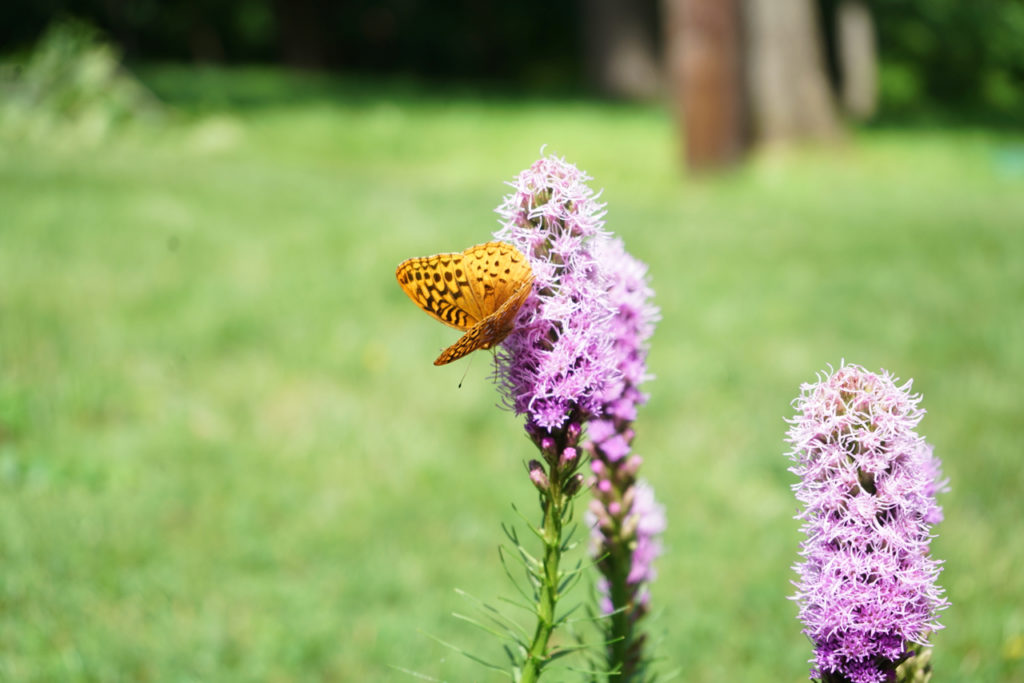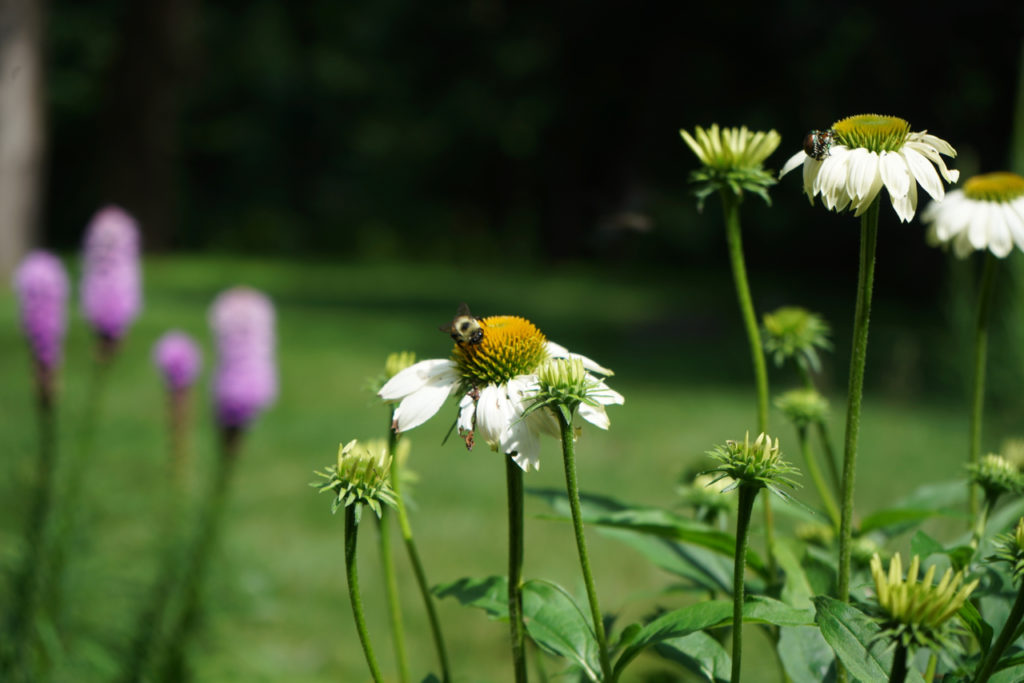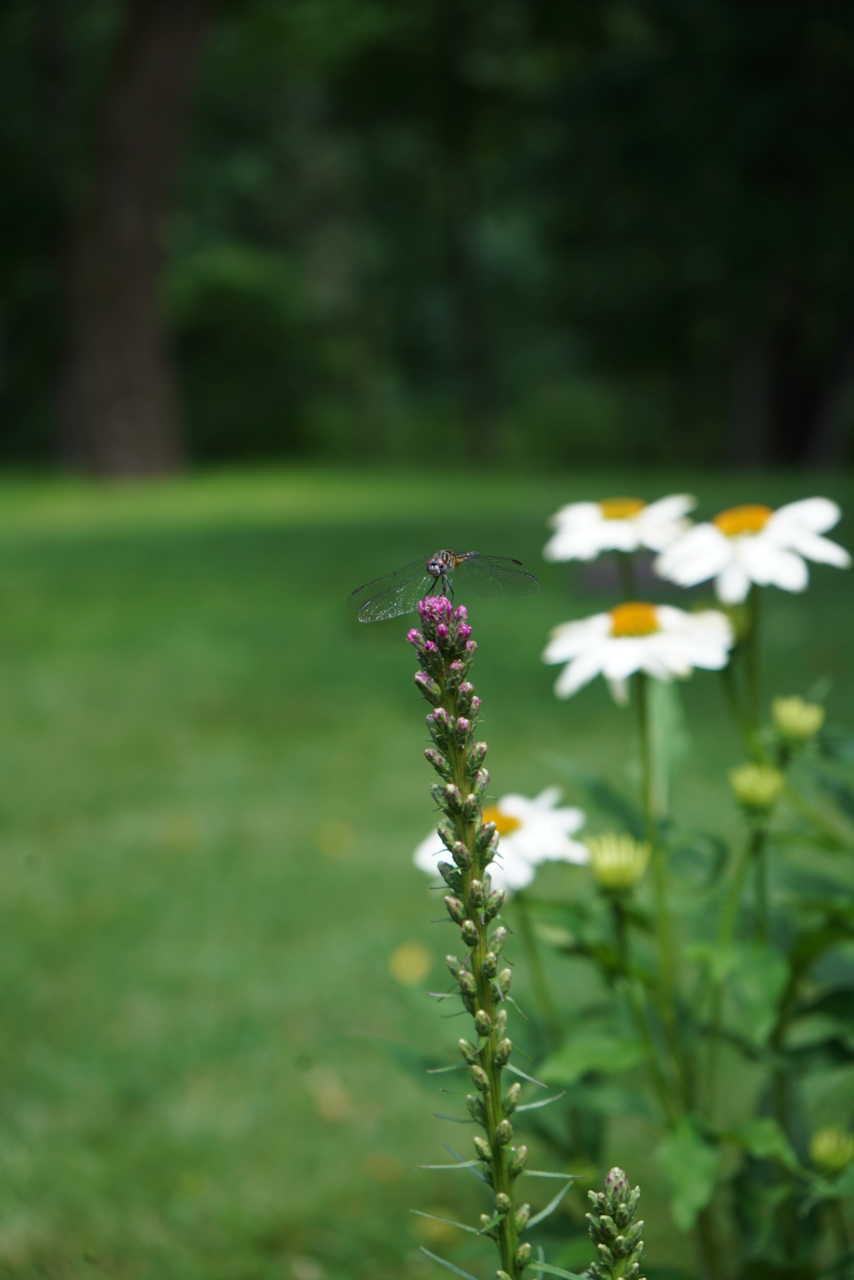… of the fly variety, that is. (And yes, I’ll admit, I’m probably the only person on the planet who hasn’t watched Game of Thrones, although I understand damsels and dragons factored heavily into the plot).
This year has drawn a lot — did I say a lot? — of both dragonflies and damselflies to our garden. I may have seen a couple of them in all the years I’ve been gardening combined. And that’s a lot of years.
There are differences between these two insects, and easy information to be found if you’re interested in the science. This San Diego Zoo page breaks it down pretty simply. I won’t speculate on the sudden appearance of so many of these critters, except that we a few miles upland of a wetland, it’s been a rainy couple of years, and our new garden has lots of food for these pollinators — which are also important garden predators. And given there are a lot of extra insects around this year, they’re serving an important purpose beyond looking interesting!
There’s an increasing awareness of the value of protecting pollinators, with a lion’s share of focus on bees and butterflies. And rightly so, given the declining numbers of certain types in the past couple of decades due to factors such as habitat loss, pesticides, and parasites. In fact, according to one estimate, U.S. beekeepers report having seen approximately a 30% decline in their colonies annually since 2006.
I’ve been learning more about the surprising array of animal and insect pollinators, who may also help by controlling “bad guys” like mosquitoes. It’s worth the time to get more familiar with these important garden workers.

Butterflies are well-known and welcome pollinators in the garden…

